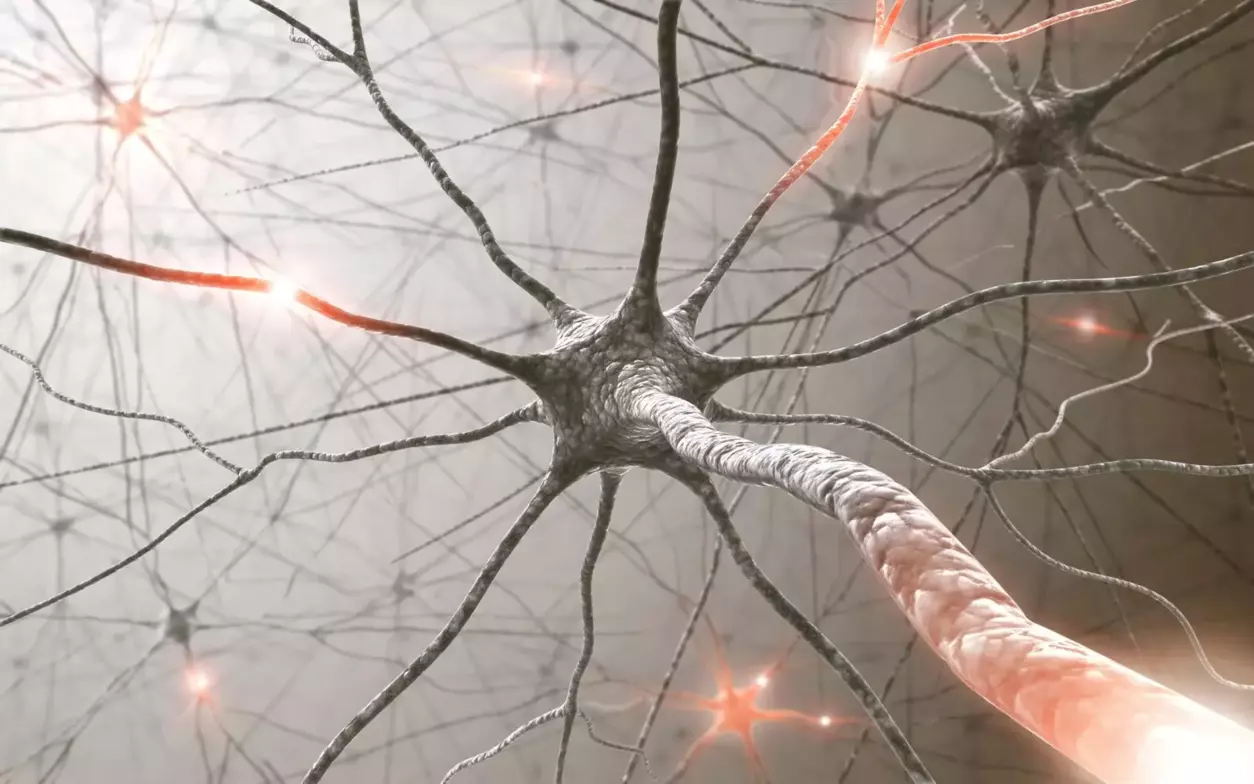
Understanding Pain: The Difference Between Nociception and Perception
Pain is one of the most common reasons people seek healthcare. However, pain and injury are not always the same thing. You may experience intense discomfort without any significant tissue damage, or you may have an injury with very little pain. To understand this phenomenon, we need to explore two related but distinct processes: nociception and perception.
Understanding the difference between these two can help you better comprehend your own pain experience and why a holistic approach to care often proves most effective.
What Is Nociception?
Nociception is the body's way of detecting potential harm. Specialized nerve endings, called nociceptors, sense noxious (potentially damaging) stimuli such as extreme pressure, heat, cold, or chemical irritation. These nerve endings send signals through the spinal cord to the brain.
Think of nociception as your body's alarm system. It doesn't mean harm has happened, but it warns you that something could be wrong.
Examples of Nociception in Action:
- Touching a hot stove → nociceptors in your skin detect high temperature and send a signal to withdraw your hand.
- Rolling your ankle → stretch on the ligaments activates nociceptors, warning your body of tissue stress.
Nociception is essential for survival. It protects us from further injury by prompting us to react quickly.
What Is Pain Perception?
While nociception is about detection, pain perception is about experience. Pain is the conscious, emotional interpretation of nociceptive signals. It's how your brain decides what those signals mean and how you should respond.
In other words, pain doesn't live in your foot, back, or shoulder; it lives in your brain. Your nervous system and brain weigh many factors: physical, emotional, and psychological, before deciding how much pain you feel.
Why Perception Matters
- Two people with the same injury may report very different pain levels.
- Stress, anxiety, and poor sleep can make pain feel worse.
- Positive emotions, social support, and relaxation can reduce the intensity of pain.
Pain perception is highly individual and shaped by context, expectations, and even past experiences.
The Key Difference Between Nociception and Pain
- Nociception = raw data: the signals coming from your nerves.
- Pain = the brain's interpretation: your personal experience of those signals.
This distinction explains why pain can exist without tissue damage (chronic back pain, migraines, fibromyalgia) and why tissue damage can occur without much pain (like an athlete playing through a broken bone without realizing it).
Acute vs. Chronic Pain
Understanding the difference between nociception and perception is especially important when looking at acute vs. chronic pain:
- Acute pain – usually tied to tissue injury. Nociception plays a significant role here. For example, a sprained ankle sends strong nociceptive signals until healing occurs.
- Chronic pain – pain that persists beyond normal healing time. Here, pain perception becomes more complex. The nervous system may become sensitized, amplifying pain signals even after tissues have healed.
This is why chronic pain management often requires more than just addressing the injured tissue; it requires strategies that calm and retrain the nervous system.
Factors That Influence Pain Perception
Your brain doesn't process nociception in isolation; it filters and modifies signals based on many variables.
- Past experiences: If a past injury was excruciating, your brain may expect more pain from a similar event.
- Emotions: Stress, anxiety, or depression can heighten pain sensitivity.
- Sleep: Poor sleep lowers pain thresholds, making you more sensitive.
- Environment: Supportive surroundings and reassurance can lower perceived pain.
- Expectations: Anticipating severe pain often increases the actual pain you feel.
This complexity explains why two people with the same condition may have vastly different pain experiences.
Why This Matters for Treatment
If pain were solely about tissue injury, treatment would be straightforward: address the injury, and the pain would diminish. However, since perception plays a crucial role, effective pain management often integrates physical, psychological, and lifestyle strategies.
Evidence-Based Strategies Include:
- Manual therapy and chiropractic manipulation – Restores motion and decreases nociceptive input from restricted joints.
- Exercise and movement therapy – Builds resilience, reduces sensitivity, and helps retrain the nervous system.
- Education – Understanding how pain works can actually reduce fear and improve recovery.
- Lifestyle interventions – Stress management, sleep hygiene, and nutrition all play roles in pain perception.
- Multidisciplinary approaches – For chronic pain, combining physical, psychological, and medical care often yields the best results.
The Role of Chiropractic in Pain Management
At Arthrology Chiropractic, we focus on treating the whole person rather than just the symptoms. Our approach involves improving joint motion, addressing muscular imbalances, and teaching patients effective movement strategies. By doing this, we aim to reduce nociceptive input and help the brain interpret signals more accurately.
Many patients find that when their nervous system is calmer and their joints move freely, their perception of pain decreases, leading to an improved quality of life.
Key Takeaways
- Nociception is the detection of potential harm by your nerves.
- Pain is the brain's perception and interpretation of those signals.
- Emotions, environment, sleep, and past experiences influence pain.
- Effective treatment must address both the physical and perceptual sides of pain.
Take Action Now
If you're experiencing chronic pain, it's important to remember that while pain feels real, it doesn't always indicate physical damage. Understanding how your body processes pain is a crucial first step toward recovery.
At Arthrology Chiropractic in Winston Salem, we take a personalized approach that combines chiropractic manipulation, soft tissue therapy, exercise, and education to empower patients in managing their pain effectively.
Are you ready to better understand and control your pain? Schedule an appointment today, and let's work together toward achieving lasting relief.

Edward Boudreau
Contact Me



.png)
